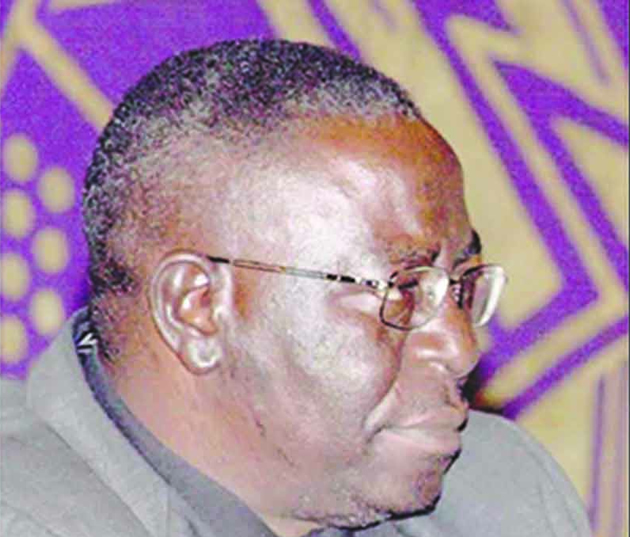Removing brackets
Maxwell Mahere
When the whole of an expression within brackets is multiplied by any number, when the brackets are removed each term within the brackets must be multiplied by the number.
The factor outside the brackets multiplies each and every term outside the bracket. In a school classroom set-up there are fitted drawers for books. However, removing brackets can be shown through algebra. As can be seen from the closing side of the drawer it is rectangular shaped. The drawer is made up of two other drawers. Let p cm = the length of one drawer.
And q cm = length of the other drawer.
Let x cm = the breath of each drawer.
Then (p+q) cm = the length of the combined drawers. Placing (p+q) in brackets as shown, the areas of the two smaller drawers would be xp and xq cm2 and area of the whole drawer equals to the sum of the area of the parts
Therefore x(p+q)= xp+xq
Similarly, if there are three drawers of the lengths e,f nd g respectively, then in the same way it can be shown that;
x(e+f+g)=xe+xf+xg
- Maxwell Mahere is a Mathematics teacher and can be contacted on 0777998043 or [email protected]








Comments